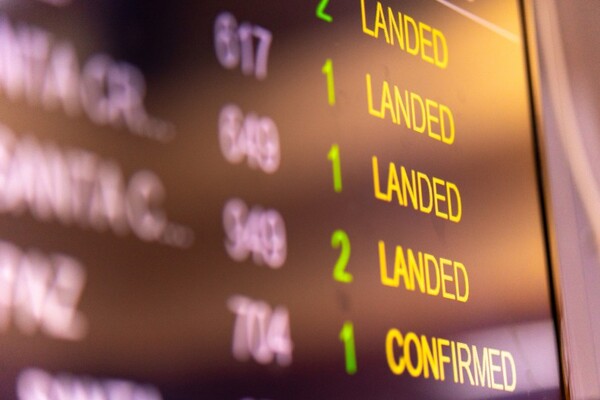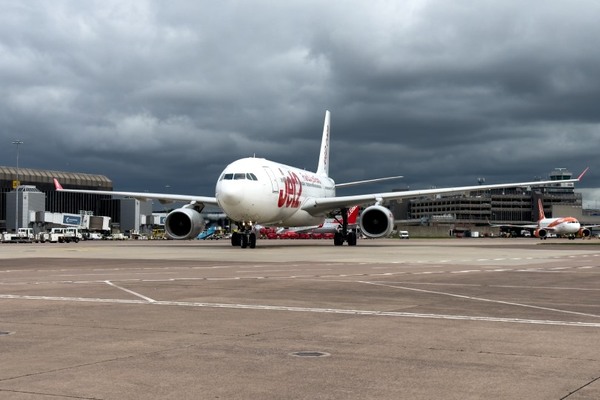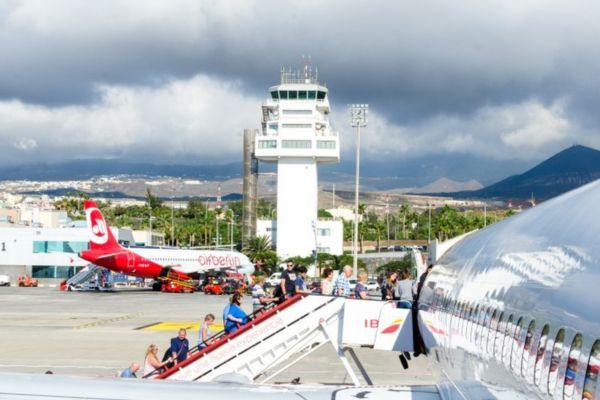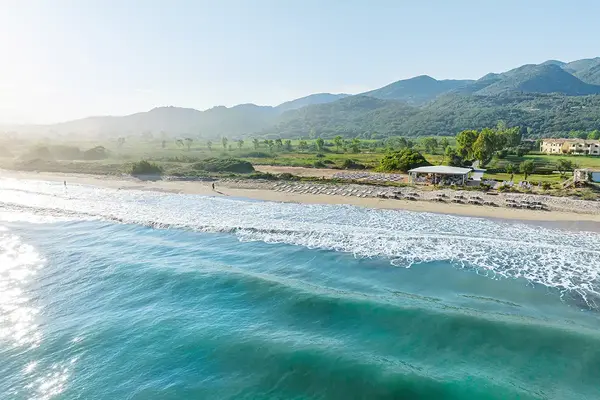An Aussie adventure on Qantas’s inaugural London-Perth flight
April Hutchinson is one of the first to sample Qantas’s 17-hour non-stop London-Perth service. She ponders the effects of jet lag on herself and how airlines will address the issue in an era of “super long-haul” flying.
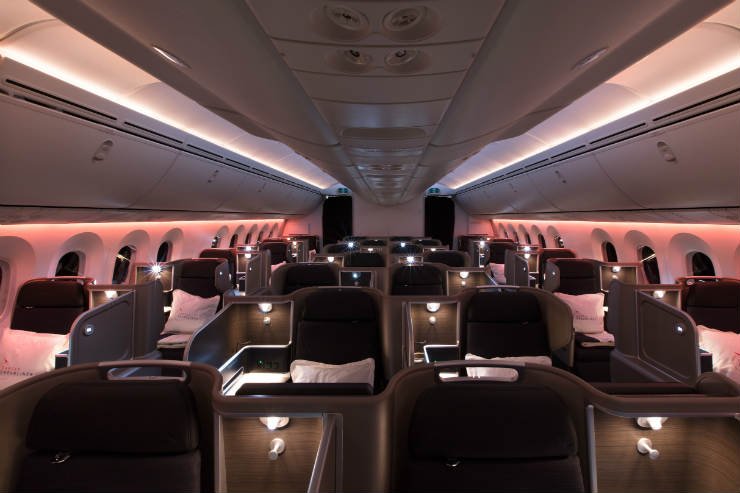
For your customers looking to take a long-haul trip, jet lag will inevitably be an issue they face – and one likely to grow as the aviation industry continues its pursuit of “ultra longhaul” flying Newer fuel-efficient airliners are capable of going much longer distances non-stop – such as Qantas’s recently launched London-Perth route, 17 hours on a Boeing 787-9 – and passengers should expect the flying experience to become more pleasant accordingly.
Project Sunrise is Qantas’s next ambitious plan. It aims to introduce a “super long-haul” aircraft into service from 2022 that will be capable of flying non-stop from the east coast of Australia to London and New York in 20-plus hours. The Boeing 777X or Airbus A350ULR are the next-gen aircraft likely to be up to the task, and could even include exercise areas and sleeping berths, Qantas group chief executive Alan Joyce has hinted.
Using these aircraft makes research into passenger comfort even more pertinent and Qantas is collaborating with the University of Sydney’s Charles Perkins Centre to develop ways to promote wellbeing in the air.
On its ultra-long haul flights between the UK and Australia, a handful of Qantas passengers are now involved in trials with wearable technology. This will aid the measurement of biorhythms during travel, enabling future products to be developed and designed with the data insights being fed back to the university, a move seen as a world first.
“Our aim for this programme has been to do everything we can to accelerate time-zone shift, maximise rest and reduce jet lag, given the length of the flights the Dreamliners will operate,” adds Phil Capps, Qantas’s head of customer product and service development. “We’ve also worked with chef Neil Perry to design menus in line with all these objectives.”
To continue reading this article you must log in.
If you've never set a password you may need to register for free here and get unlimited access.
